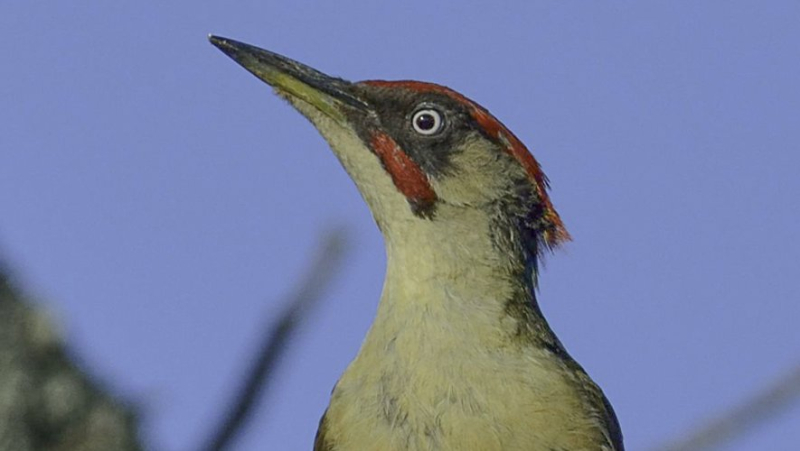Birds of the Gard: the woodpecker, this “jackhammer” with 12,000 daily impacts on trees


Reconnaissable à ses couleurs principalement verte et jaune, avec le bord des ailes noir et blanc. CoGard – Christophe Grousset
Chaque semaine, en partenariat avec le CoGard, partons à la découverte des espèces qui peuplent notre région.
Le Pivert ou Pic vert, Picus viridis en latin, Piverdin Occitan, is a colorful bird: mainly green and yellow, with black and white wing edges. The crown, which goes down to the nape, is red. The male has a red mustache, surrounded by a black border, while the female's mustache is entirely black.

Listen to the bird's song! .
The Green Woodpecker is widespread throughout France and in the Gard, provided that there are edge areas, that is to say an alternation between wooded areas and open spaces. It is quite difficult to observe it in trees. We can sometimes be lucky enough to observe it in the grass of gardens: it is the species of woodpecker that spends the most time on the ground, digging the earth in search of ants which it delights in. But it is by hearing its cry, a long and loud “kiak kiak kiak kiak kiak” like a laugh, that it is most often detected.
Be sure to preserve old trees
The green woodpecker is well known for tapping on trees – it is estimated that it strikes trees more than 12,000 times a day. There are three main reasons for this: digging its 6 cm diameter nest called the lodge, searching for insects under the bark and in dead wood, and more rarely drumming to communicate with its peers. The brain is protected from these powerful impacts against the wood by the spongy bones at the base of the beak and by the hyoid bone that surrounds the skull: more fear than harm!
The numbers of Green Woodpeckers seem to be in moderate decline on a regional scale. To preserve them, care must be taken to preserve old trees and dead wood, and phytosanitary treatments must be prohibited in gardens.




